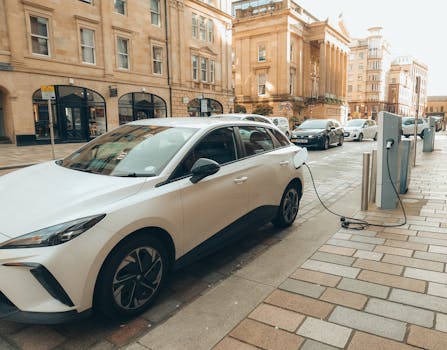
Smart Cities: Urban Trends for 2025
Introduction to Smart Cities
Smart Cities are urban areas that utilize technology and data to improve the quality of life for their citizens. With the increasing population and urbanization, cities are facing numerous challenges, including traffic congestion, pollution, and resource management. Smart cities aim to address these issues by leveraging innovative solutions, such as the Internet of Things (IoT), artificial intelligence (AI), and data analytics.
Urban Trends for 2025
As we approach 2025, several urban trends are emerging that will shape the future of cities. Some of the key trends include:
- Smart Infrastructure: Cities are investing in smart infrastructure, such as smart grids, intelligent transportation systems, and green buildings. These infrastructure projects aim to reduce energy consumption, improve traffic flow, and promote sustainable development.
- Sustainable Transportation: Electric and self-driving vehicles are becoming increasingly popular, reducing greenhouse gas emissions and improving air quality. Cities are also investing in public transportation systems, such as bus rapid transit (BRT) and metro lines.
- Urban Agriculture: With the increasing demand for fresh produce, urban agriculture is becoming a vital component of smart cities. Cities are adopting innovative methods, such as hydroponics and vertical farming, to increase food production and reduce transportation costs.
- Waste Management: Smart cities are implementing efficient waste management systems, including recycling programs, composting, and waste-to-energy conversion. These systems aim to reduce waste disposal in landfills and promote a circular economy.
- Public Safety: Smart cities are leveraging technology to enhance public safety, including surveillance systems, emergency response systems, and crime analytics. These systems aim to reduce crime rates, improve emergency response times, and promote community engagement.
Benefits of Smart Cities
Smart cities offer numerous benefits, including:
- Improved Quality of Life: Smart cities provide citizens with access to better healthcare, education, and transportation, improving their overall quality of life.
- Increased Efficiency: Smart cities optimize resource allocation, reducing energy consumption, water usage, and waste disposal.
- Enhanced Public Safety: Smart cities leverage technology to improve public safety, reducing crime rates and improving emergency response times.
- Economic Growth: Smart cities attract businesses, investments, and talent, promoting economic growth and development.
- Environmental Sustainability: Smart cities prioritize environmental sustainability, reducing greenhouse gas emissions, pollution, and waste disposal.
Challenges and Opportunities
While smart cities offer numerous benefits, they also face challenges, including:
- High Upfront Costs: Implementing smart city solutions requires significant investments in infrastructure, technology, and personnel.
- Data Privacy and Security: Smart cities generate vast amounts of data, which must be protected from cyber threats and ensured privacy.
- Digital Divide: Smart cities may exacerbate the digital divide, as not all citizens have access to digital technologies and internet connectivity.
- Scalability and Replicability: Smart city solutions must be scalable and replicable, allowing cities to adapt and implement solutions tailored to their needs.
Despite these challenges, smart cities offer numerous opportunities for innovation, economic growth, and environmental sustainability. As cities continue to evolve and adapt to the needs of their citizens, they must prioritize collaboration, inclusivity, and sustainability to create thriving, smart cities.




